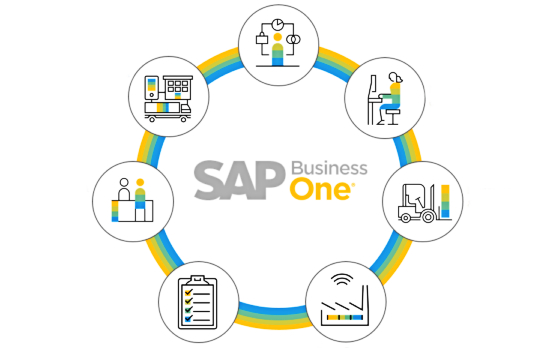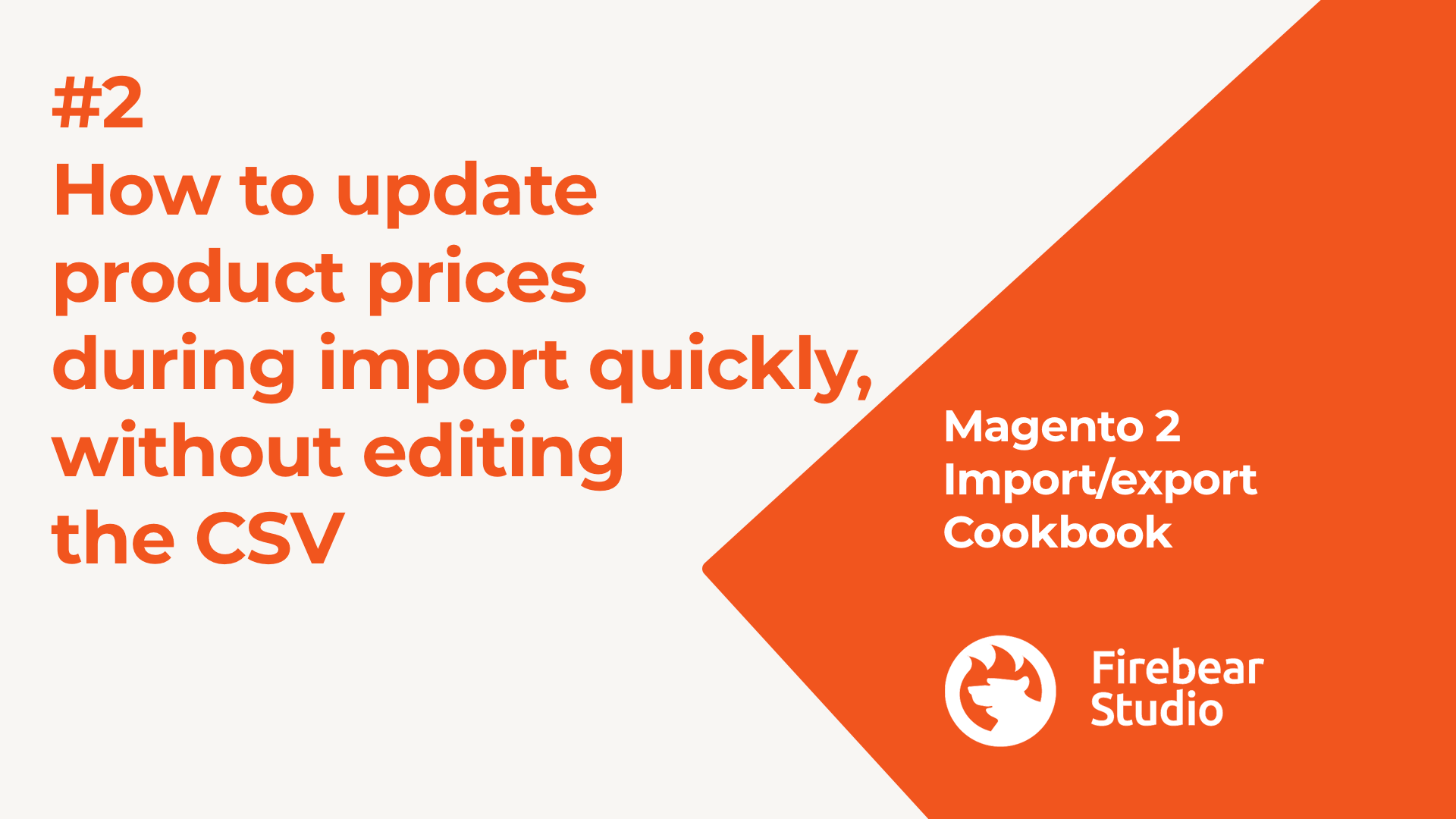SAP Business One In-Depth Review: Production Module

In the article below, we explore such a substantial element of SAP Business One as its Production module. The following blog post highlights three topics: Bill of Materials, Resources, and Production Orders. What’s hidden behind these terms? Who uses the SAP Business One Production module? Is it possible to automate production workflow management? You will find the answers below. Continue Reading





